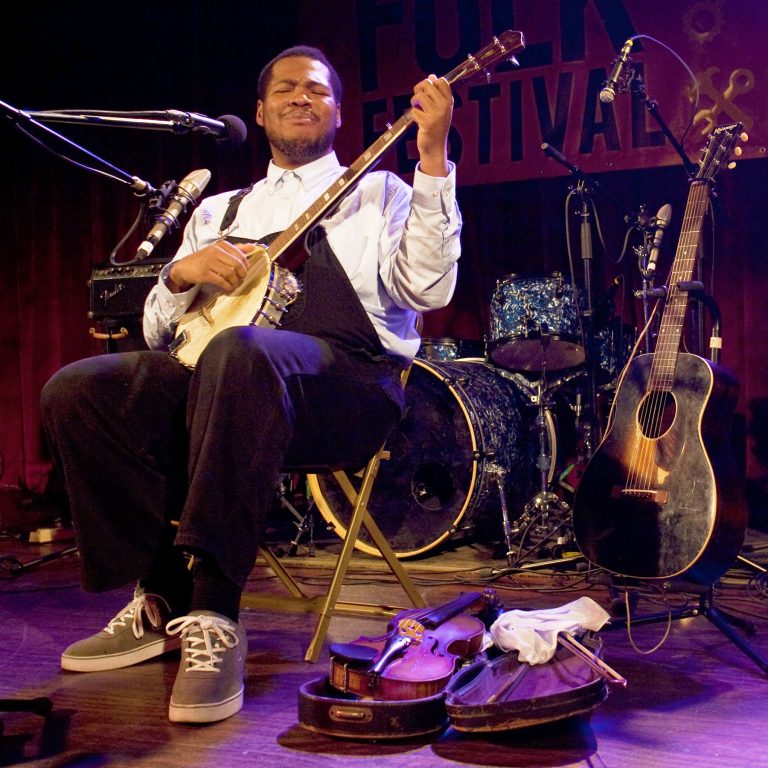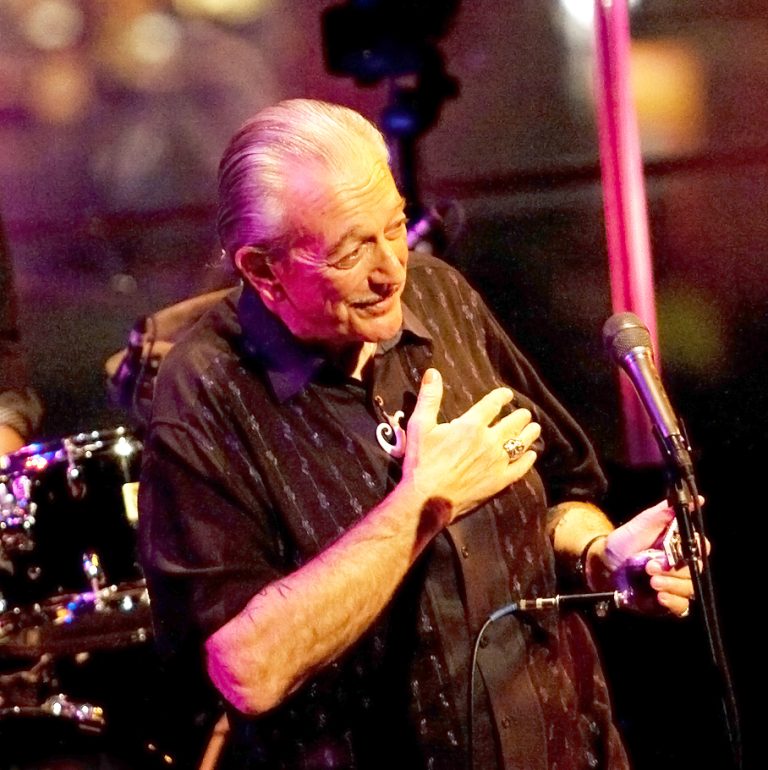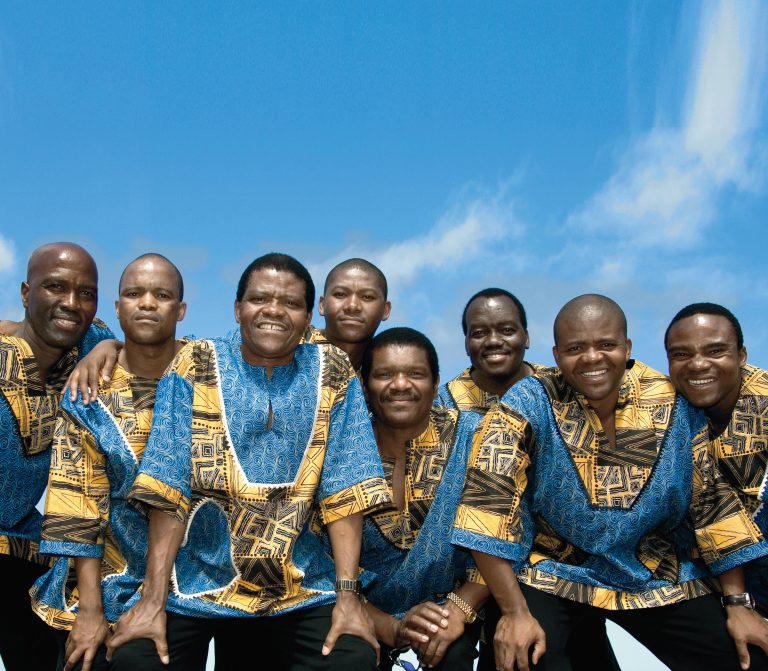The Benefits and Perils of Video: Helpful Hints for Acoustic Musicians
Musicians are increasingly self-producing videos of themselves performing, especially during the pandemic lockdown. Some are even offering ‘from-home’ solo performances for donations as a way of making it through this economically perilous time while gigs have dried up. Self-producing is now a primary way the video medium is being used, as most everybody has a phone camera.
Imagine that you went to an expensive professional photo shoot for your promotion photos and instead of setting the camera straight on, your photographer crouches on the floor and capture your image upwards from below. You wouldn’t have to be a promotional genius to realize that the upward perspective is abnormal. Nobody looks good from below, and no viewer wants to look up your nostrils. Yet, the most common mistake musicians make is to set the video camera beneath them, aimed up at themselves. For almost all people, that’s the most unflattering perspective, making people look heavier than they are. The second most common mistake is the set their video camera vertically, in portrait orientation. If you are holding a guitar, that will cut off sections of the instrument. Whatever you do, remember that you are in the image business. Make sure that you look sharp, play well and that your video recording does you justice.
Here are some simple and basic guidelines on how to self-produce your own video reasonably well:
- Set your camera or phone camera so that you are looking at it at eye level when seated.
There are phone tripods available for about $25 that allow you to position the camera effectively. If not, rig something up. Whatever you do, don’t videotape yourself from below.
- Position the phone or camera in landscape (horizontal) position, so that we can see you and the entire guitar, banjo or whatever, left to right.
- Place the camera back far enough from you so that no part of your upper torso, hands or instrument is cut-off.
- Lighting is everything. Avoid sitting in front of windows. Find a spot where there is no bright natural light behind you, as this will silhouette you and saturate light around you. If that can’t be done, close the blinds. Play with whatever lamps or light sources you have in the house to illuminate yourself so that you are in balanced light. Not too bright, not too dark. Be careful of shadows. Good lighting can make you look young. Bad lighting can do the opposite.
- Do a few test runs. Look at everything critically. Which lighting position is best?
- Identify yourself and speak to your audience in a friendly, conversational tone. Tell them the song title, the songwriter and where you are located. People like to have a context for the “who, what and where” they are watching. That way, if the video is seen years from now, people don’t have to guess.
- People like it when they feel like you are speaking to them, but don’t talk too much. I’ve seen otherwise good videos killed by boring, unnecessary monologues.
- Go easy on jokes. It’s okay to be lighthearted, but don’t try to be a comedian when you are not.
Frank Matheis is an award-winning music journalist, author and radio producer with an eclectic musical taste that covers the gamut of music from Americana to Zydeco, from Jazz to World Music. He is a regular contributor to Living Blues magazine and other music publications, and the publisher of www.thecountryblues.com. His radio documentaries have been heard on three continents in three languages.







